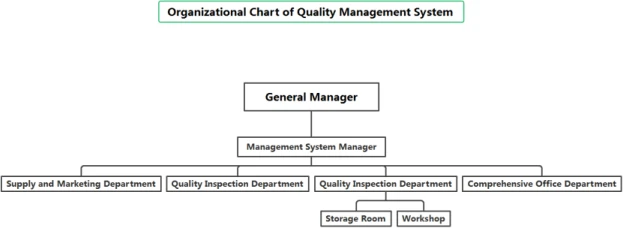
News
Oct . 13, 2024 05:14 Back to list
Granular Humic Acid Production Facility for Enhanced Soil Health and Fertility Solutions
The Production of Granular Humic Acid A Key to Sustainable Agriculture
In recent years, the agricultural sector has witnessed a significant shift towards sustainable practices, with a spotlight on soil health and fertility. One of the key players in this transformation is granular humic acid, a natural organic substance that enhances soil properties and promotes plant growth. This article delves into the production of granular humic acid, its benefits, and its role in sustainable agriculture.
Understanding Humic Acid
Humic acid is a complex mixture of organic compounds formed during the decomposition of plant and animal matter. It plays a crucial role in soil biology and chemistry. When humic acid is granular, its application becomes easier, allowing for precise distribution in fields and gardens. The granular form is particularly advantageous for large-scale agricultural operations, as it simplifies application and improves soil contact.
The Process of Producing Granular Humic Acid
The production of granular humic acid involves several steps, beginning with the extraction of humic substances from organic materials, such as leonardite, compost, or peat. The extraction process typically involves alkaline solutions that solubilize humic compounds from natural sources.
1. Raw Material Selection The quality of the raw material is crucial. Leonardite, a highly oxidized lignite, is often preferred due to its high humic content and low impurity levels.
2. Extraction The organic material is subjected to a chemical treatment, usually using potassium hydroxide or sodium hydroxide. This process dissolves the humic substances, allowing them to be separated from the insoluble components.
3. Concentration After extraction, the liquid solution containing humic acid is concentrated using evaporation techniques. This step reduces the water content, increasing the concentration of humic substances.
4. Granulation The concentrated humic acid is then transformed into granular form. This can be achieved through various methods, including agglomeration, extrusion, or spray drying. The goal is to create uniform granules that are easy to handle and apply.
5. Quality Control Before packaging, the granular humic acid undergoes rigorous quality control tests to ensure it meets industry standards for purity, nutrient content, and solubility. This step is crucial for maintaining the effectiveness of the product.
granular humic acid factory

6. Packaging and Distribution Once the quality checks are complete, the granular humic acid is packaged in protective materials to preserve its efficacy during transportation and storage.
Benefits of Granular Humic Acid
Granular humic acid offers numerous benefits for soil health and plant growth. Here are some of the key advantages
- Improved Soil Structure Granular humic acid enhances soil aggregation, leading to improved porosity and aeration. This is vital for root penetration and water retention.
- Nutrient Availability It increases the availability of essential nutrients by chelating metals and promoting microbial activity, allowing plants to absorb nutrients more effectively.
- pH Buffering Humic acid helps to buffer soil pH, making it less susceptible to fluctuations. This ensures a stable environment for plant growth.
- Enhanced Water Retention The incorporation of granular humic acid improves soil's ability to retain water, which is especially beneficial in drought-prone areas.
- Stimulated Microbial Activity Granular humic acid supports the growth of beneficial soil microbes that contribute to nutrient cycling and overall soil health.
Conclusion
In conclusion, the production and application of granular humic acid represent a significant advancement in sustainable agriculture. As farmers and agricultural businesses increasingly turn to organic solutions to enhance soil fertility and promote plant growth, granular humic acid stands out as an effective option. Its ability to improve soil structure, increase nutrient availability, and enhance water retention makes it a vital component for healthy crop production. With ongoing research and development, the potential of granular humic acid to transform agricultural practices continues to grow, paving the way for a more sustainable future in farming.
-
Polyaspartic Acid Salts in Agricultural Fertilizers: A Sustainable Solution
NewsJul.21,2025
-
OEM Chelating Agent Preservative Supplier & Manufacturer High-Quality Customized Solutions
NewsJul.08,2025
-
OEM Potassium Chelating Agent Manufacturer - Custom Potassium Oxalate & Citrate Solutions
NewsJul.08,2025
-
OEM Pentasodium DTPA Chelating Agent Supplier & Manufacturer High Purity & Cost-Effective Solutions
NewsJul.08,2025
-
High-Efficiency Chelated Trace Elements Fertilizer Bulk Supplier & Manufacturer Quotes
NewsJul.07,2025
-
High Quality K Formation for a Chelating Agent – Reliable Manufacturer & Supplier
NewsJul.07,2025
